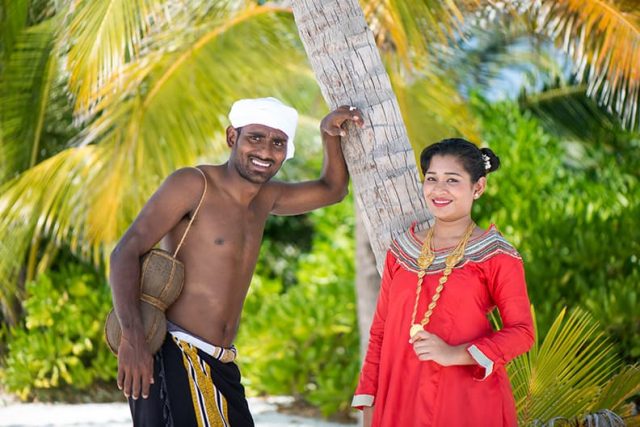Getting to know the Maldives
The Maldives offers so much more than sand, sun and sea as the islands are blessed with a rich culture and heritage. A holiday in the Maldives is a chance to gain an insight into this unique country, by exploring island villages, sourcing local handicrafts, visiting heritage sites and the National Museum, tasting local cuisine, and watching cultural performances.
With a total area approximately the size of Portugal but a land area comprising islands and sandbanks about the size of Singapore, islanders were isolated from each other by the ocean that forms over 99% of the country. Their self-sufficiency is reflected in the implements and clothes they fashioned for themselves, which have become today’s handicrafts, and in agriculture. Some islands are very fertile, lush with mangroves and with interior ponds. Every island supports vegetation of some kind with coconuts somehow managing to thrive in a small, sparse land area. Careful nurturing on islands devoted to agriculture has fostered the growing of papaya, peppers, eggplants, melons, limes, breadfruit and bananas.
As in the past, Maldivians today are adapting to the climate. Before mechanization they depended on the monsoon winds to enable them to sail between the islands or to Ceylon for trade, when voyages back and forth would take many months. Now climate warming is seen as an issue and the Maldives is in the forefront of creating a worldwide awareness of this potential problem.


